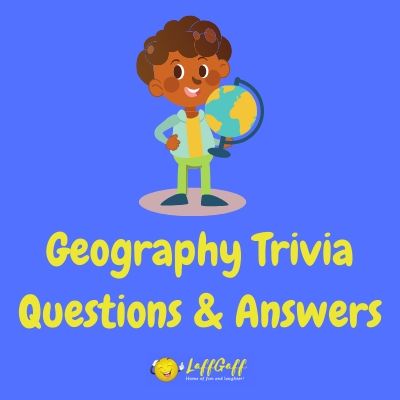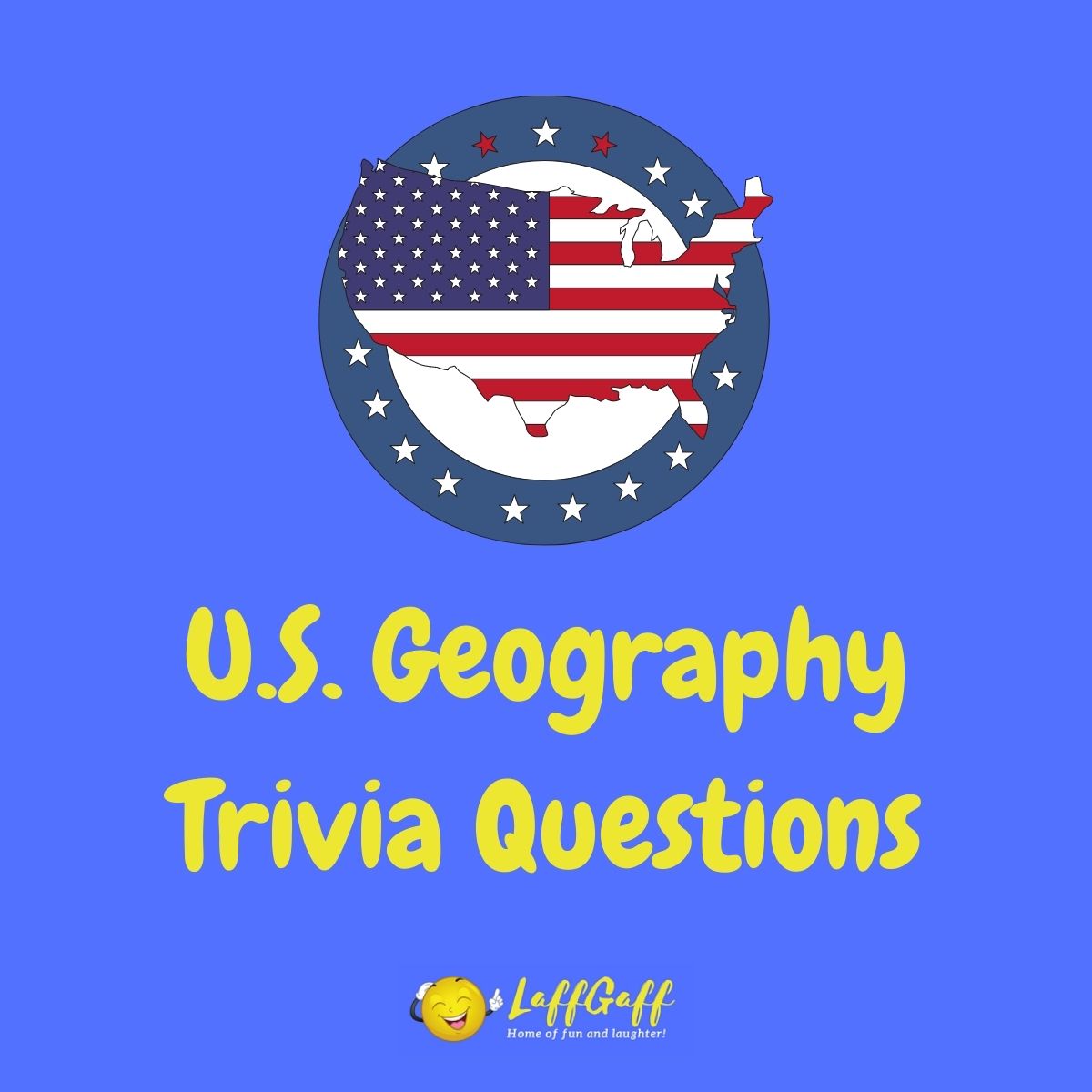Question: Alaska is separated from the continental United States by which Canadian province?
Show answer
British Columbia.
Alaska, the largest state in the U.S. by area, is located in the extreme northwest corner of North America. It is separated from the continental United States by the Canadian province of British Columbia. Alaska’s eastern border is largely defined by the mountainous spine of the Coast Ranges, which extend south from the Alaska Range to the border with British Columbia.
British Columbia (BC), situated on Canada’s west coast, stretches from the Pacific Ocean in the west to the Rocky Mountains in the east. It plays a unique geographical role, acting as a buffer between Alaska and the lower 48 states of the U.S. BC is characterized by its spectacular landscapes, including dense temperate rainforests, rugged coastlines, and high mountain ranges. Its diverse ecosystems are home to an abundant variety of wildlife, and the province boasts some of Canada’s most scenic national parks and protected areas.
Historically, the region that includes modern-day Alaska and British Columbia was inhabited by indigenous peoples for thousands of years before the arrival of European explorers. The Tlingit, Haida, and Tsimshian are some of the native groups that have lived in the coastal areas of both Alaska and BC.
The boundary between Alaska and British Columbia was established through a series of treaties, most notably the Alaska Purchase in 1867, when the United States bought Alaska from Russia for $7.2 million. Subsequent boundary disputes between the U.S. and Canada, especially during the Klondike Gold Rush in the late 19th century, led to further clarifications about the exact demarcation. The boundary was finally solidified with the arbitration decision in 1903, favoring the U.S. position.
Today, despite being separated by an international border, Alaska and British Columbia share many ecological, cultural, and economic ties. The unique geography of the region, with its pristine wilderness and rich resources, continues to shape the lives of its inhabitants and plays a significant role in the economies of both Alaska and BC.



